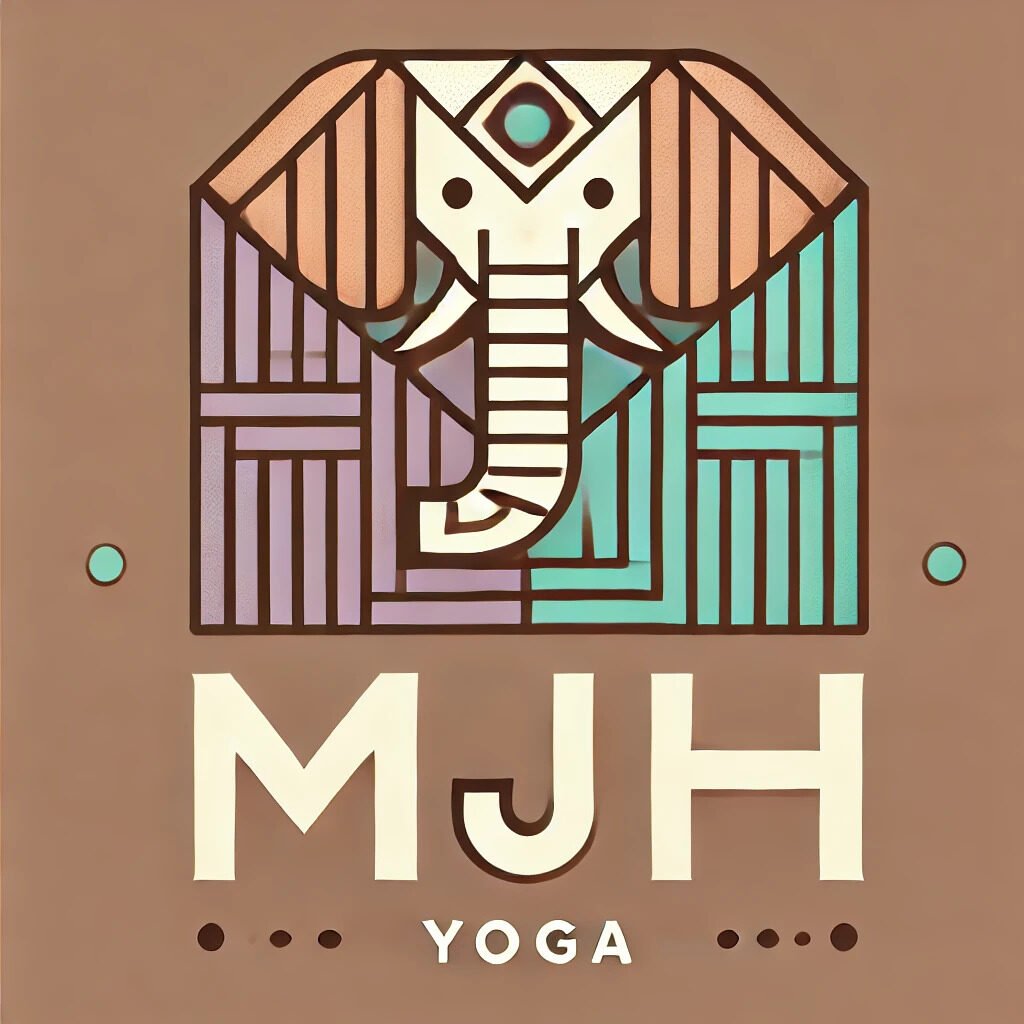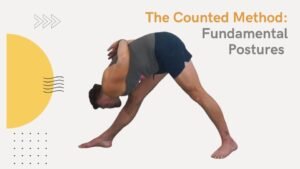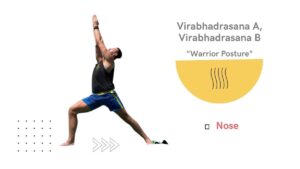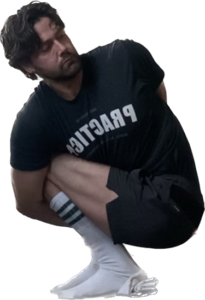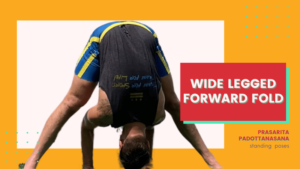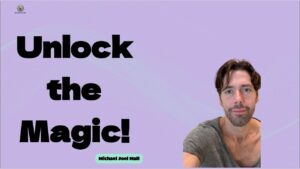Mastering Uttitha Trikonasana A & B: The Art of the Count in Ashtanga Yoga
Go to ashtanga tech for deep insights take the standing asana of Ashtanga course.
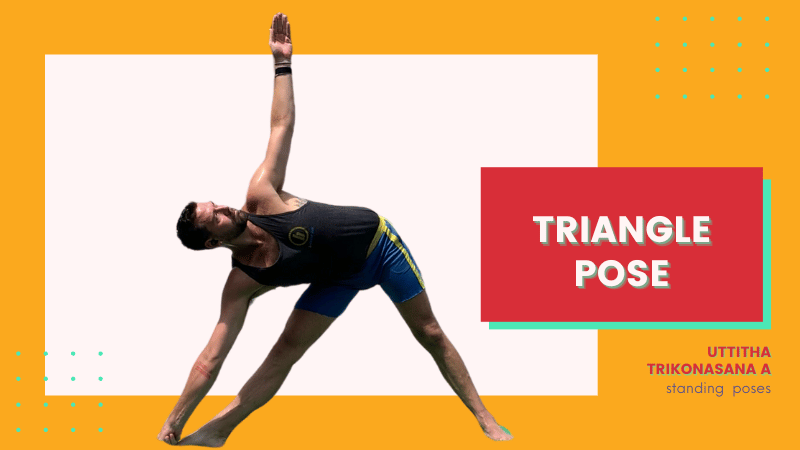

In Ashtanga Yoga, the flow and rhythm are deeply intertwined with the breath, creating a dance-like quality that enhances both physical and mental awareness. Among the various poses, Utthita Trikonasana (Extended Triangle Pose) A & B stand out not just for their physical benefits, but also for the precision of their counting—the rhythm that guides us into each posture.
Understanding the Count
The art of counting in Ashtanga is more than mere numbers; it’s a meditative practice that aligns breath with movement. Below are the five key movements for each variation of Utthita Trikonasana.
| UTTHITA TRIKONASANA A (5 MOVEMENTS) | ||
| 1 | EKAM | Inhale, open to the right, arms out |
| 2 | DVE | Exhale, hold the right big toe |
| 3 | TRINI | Inhale, up |
| 4 | CATVARI | Exhale, fold, hold the left big toe |
| 5 | PANCA | Inhale, up |
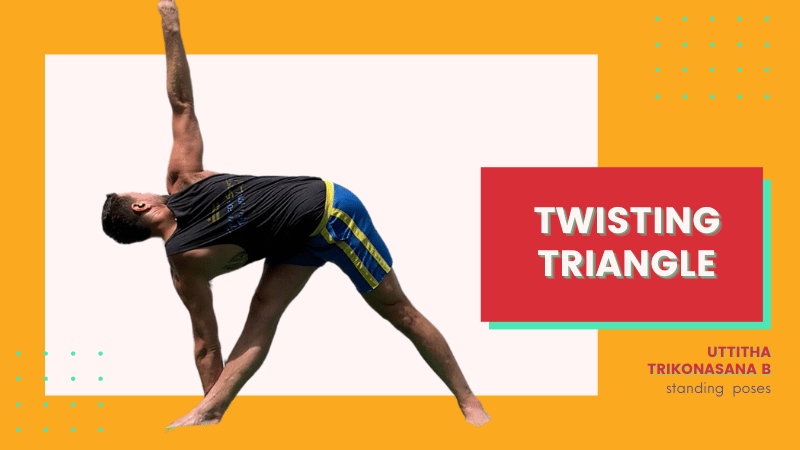 UTTHITA TRIKONASANA B (5 MOVEMENTS) | ||
| 1 | EKAM | |
| 2 | DVE | Exhale, twist left, hand down |
| 3 | TRINI | Inhale, up |
| 4 | CATVARI | Exhale, twist right, hand down |
| 5 | PANCHA | Inhale, up Exhale, Samasthiti |
Anatomy of Uttitha Trikonasana A
The primary aim of the triangle pose is to stretch the hamstrings of the lead leg while simultaneously engaging various muscle groups, including the glutes, quadriceps, and core. It’s a beautiful reminder that we achieve balance by distributing weight evenly across both feet, which echoes the broader balance we seek in life.
Basic Joint Positions
- The front knee extends.
- The back knee extends.
- The back foot rotates inward 30 degrees and supinates.
- The front foot rotates out 90 degrees.
- The trunk laterally flexes.
- The front hip flexes.
- The back hip extends and externally rotates.
- Both shoulders abduct.
- Both elbows extend fully.
- The cervical spine rotates the head to face upward.
Preparation for Utthita Trikonasana A
As you engage your body in this pose, visualize the movements as a reflection of your inner dynamics. Initiate by aligning your feet, ensuring the front heel lines up with the back foot’s arch. Press against the mat, creating an opening effect at the back knee while maintaining a straight spine. This connection of strength and release serves as a microcosm for larger systems in your life—notice how effort translates into grace and fluidity.
Anatomy of Utthita Trikonasana B
Utthita Trikonasana B invites us to explore the balance between stability and rotation. This pose emphasizes the oppositional forces at play within our bodies, akin to the contrasting breaths of inhale and exhale. Engaging multiple muscle groups enriches the experience, reminding us that even in movement, we can find stillness.
Basic Joint Positions
- The back foot turns in 30 degrees and supinates.
- The front foot turns out 90 degrees.
- The back hip extends.
- The front hip flexes.
- Both knees extend.
- The trunk laterally flexes and rotates.
- The upper shoulder externally rotates and abducts.
- The lower shoulder internally rotates and abducts.
- The cervical spine rotates to turn the head to face upward.
Preparation for Utthita Trikonasana B
In this pose, the dynamic spiral of movement mirrors the interconnected pathways of our lives. Start by flexing the forward knee, anchoring your hand to facilitate a deeper twist. This interplay of contraction and extension enhances stability and stretches, embodying the principles of integration that govern both our physical practice and daily existence.
For a detailed exploration of these techniques, including counts and variations, you can refer to this study guide on Ashtanga Vinyasa Yoga’s count.
Conclusion
Mastering Uttitha Trikonasana A & B is not merely a physical endeavor; it is an exercise in understanding the subtleties of connection—between breath and movement, effort and ease, and ourselves and the world around us. Allow the counts to guide you, and as you solidify your foundation in these poses, reflect on how their essence can translate into your daily practice and interactions. Embrace the journey, and may your practice be as expansive as the pose itself.
“`
